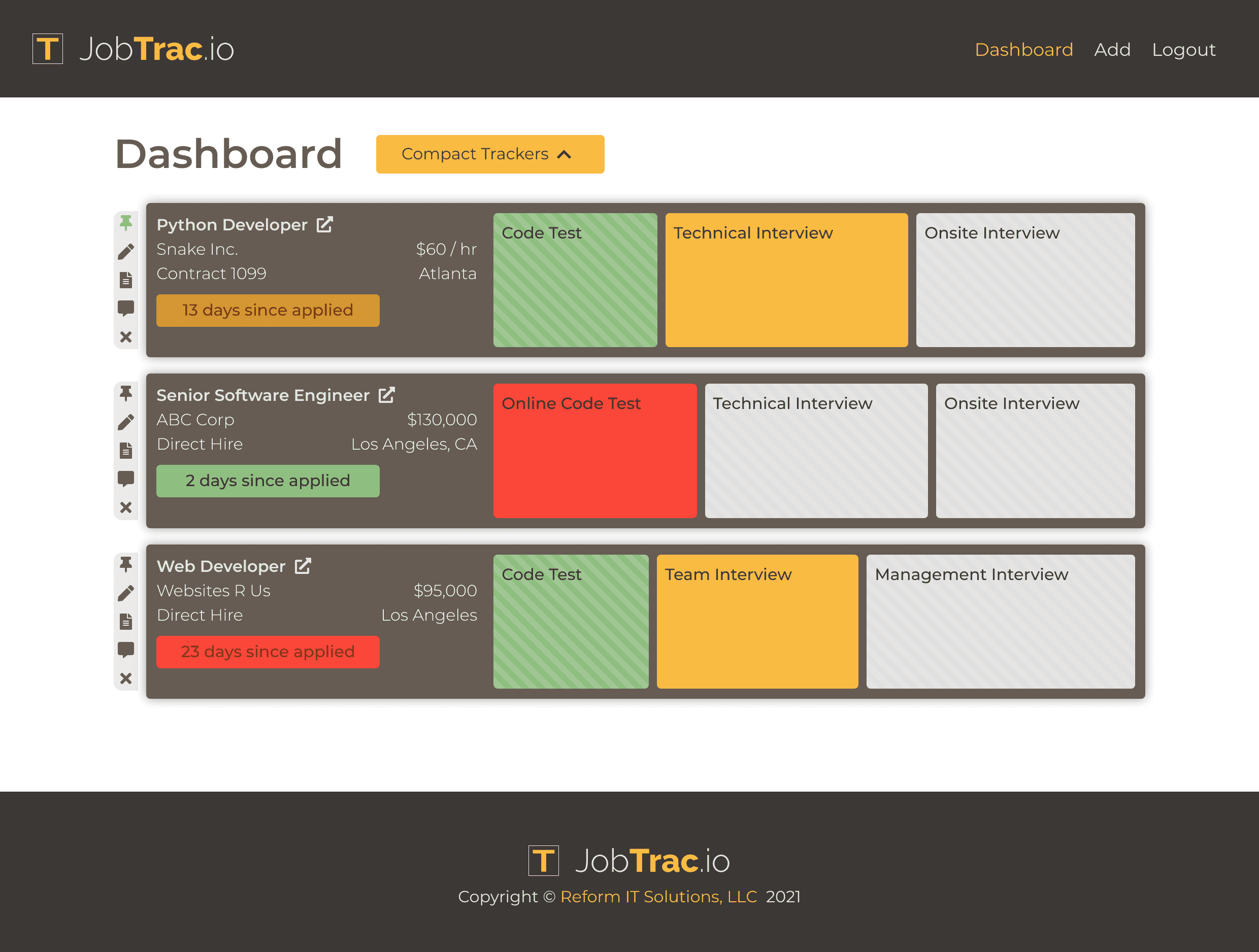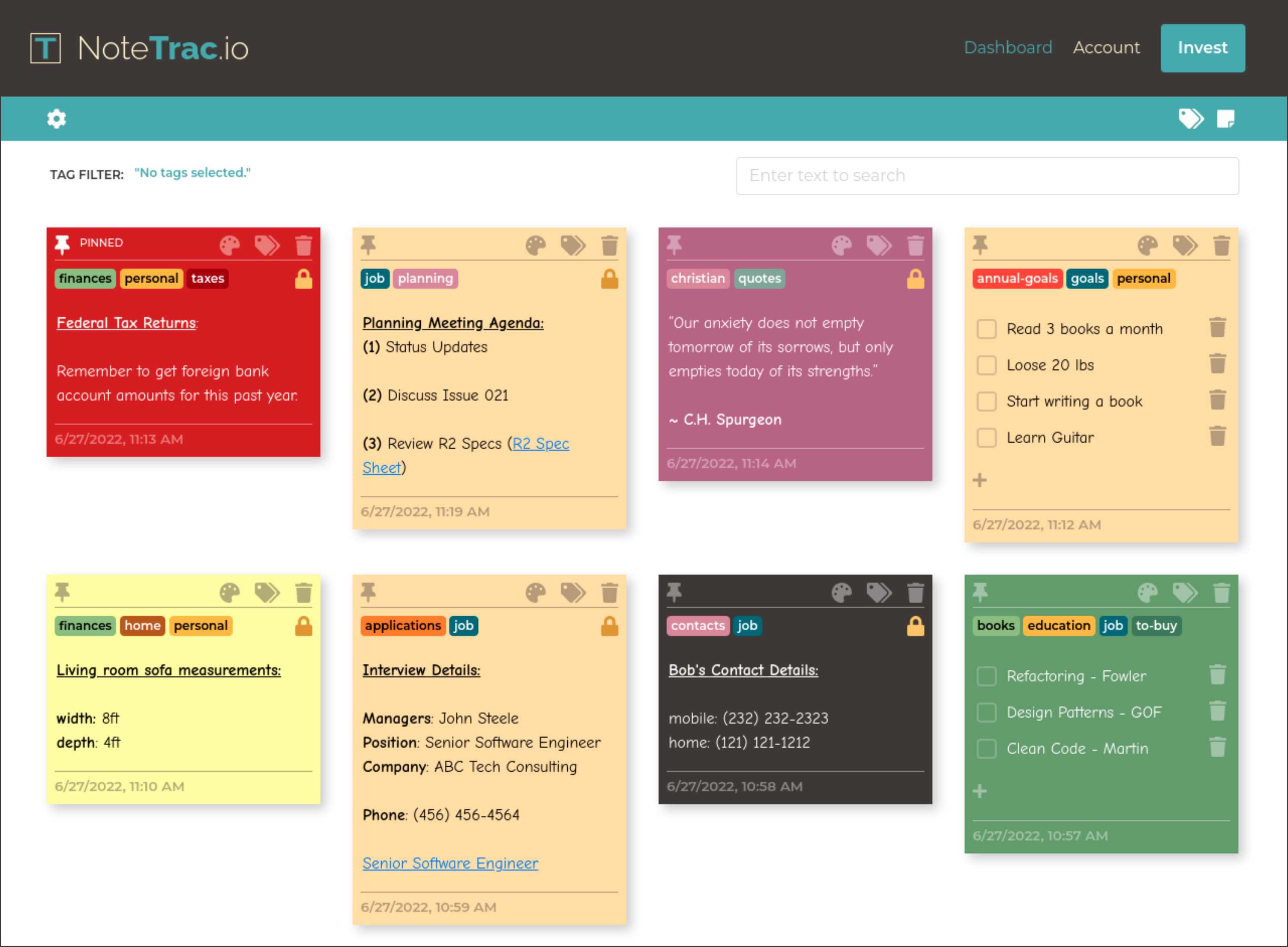About
As a child, my fascination with computers developed early on. My father, a CPA, was an early adopter of personal computers. The first PC he purchased was a portable computer made by Compaq, which required booting the operating system using a 5 1/4-inch floppy disk. Once the OS was running, each program had to be booted from its own 5 1/4-inch floppy. Growing up, I explored Visual Basic and experimented on my parents' Windows computer, which had DOS installed.
After graduating from high school, I initially intended to pursue a technical degree. However, I received advice to consider obtaining a business degree to gain a better understanding of how technology intertwines with business practices. Following this advice, I earned a Bachelor's degree in Computer Information Systems from Cal Poly Pomona. During my junior year, I embarked on an internship with IBM, working as a Java Developer in the IBM Innovation Center located in Santa Monica, CA.
IBM

IBM US
After graduating, I received a full-time job offer from IBM to work as an IT Specialist in their consulting arm, IBM Global Services. Over the course of six years, I had the opportunity to travel worldwide, serving IBM's clients in various industries such as automotive, insurance, and government. My primary responsibilities involved writing Java code and delivering software solutions. During the initial three years, I worked with clients based in the USA, and later, as an expat, I spent the following three years working with clients in the UK.
Throughout this period, I honed my technical skills and gained valuable experience by undertaking projects not only as a software engineer but also as a support specialist. One significant opportunity I had was to lead the development of a suite of tools, guided by a knowledgeable senior architect. These tools were designed to assist clients in analyzing their existing brownfield IT infrastructure and processing ASCII-based work products, including XML design documents, configuration files, text files, CSVs, and source code from languages like COBOL and Visual Basic. We stored these work products in an RDF-based canonical model and utilized custom-built transformers to generate modernized work products that were easier and more cost-effective to maintain. Notably, my contribution to this endeavor resulted in a patent for which I was recognized as one of the inventors.
IBM UK
Following my tenure as a US expat in the UK, I made the decision to permanently transfer and continue my career in London. Around the seventh year of my journey at IBM, I relocated to the UK and secured a position as an Application Architect within IBM UK Global Business Services.
In this role, I took on the responsibility of leading architect for several challenging projects. One notable undertaking involved being part of a team comprising over 300 individuals dedicated to replacing a legacy Road User Charging System for a major European city. Additionally, I served as the lead IBM application architect for a prominent automotive company. Our team developed a system that replaced their existing logistics infrastructure, enabling them to accurately estimate the duration it would take for a car to travel from the factory to the dealership—an achievement they had not been able to accomplish until that point. Furthermore, I worked as an architect on a bid, providing technical software guidance for a proposal aimed at replacing the import/export system of a large European country.
All of these experiences played a crucial role in enhancing my understanding of the challenges faced by businesses and organizations. They provided me with valuable insights into how technology, particularly software, can be employed as a powerful tool to address these issues effectively.
Burnout
While engrossed in these significant projects for IBM, I gradually found myself losing my passion for technology and its application in solving problems for large corporate entities. Simultaneously, I became increasingly aware of a void—a lack of a larger and lasting purpose in my life. It prompted me to question the nature of the legacy I was building through my work.
During my upbringing, I was raised in a Christian household with parents who exemplified a godly life and instilled in me the foundational principles of the Christian faith. Amid my career pursuits, I came to the realization that these endeavors were ultimately hollow without the context of my Christian faith. It became evident that only those endeavors which held eternal significance possessed true value and purpose.
A Higher Purpose
Amidst the struggle and uncertainty, I made the decision to depart from the corporate IT world and seek a vocation that offered a deeper and more enduring purpose. Consequently, I joined the staff of a small Christian campus outreach ministry, dedicated to sharing the transformative message of the Gospel of Jesus Christ with college students at a campus in Denver, Colorado.
Non Profit Director of IT
In my role with this small Christian nonprofit organization, I quickly assumed the responsibility of overseeing all IT-related matters. It became evident that my purpose was to guide the organization in leveraging technology to fulfill its mission. Consequently, I was promoted to the position of Director of IT shortly after joining them.
As Director of IT, my primary focus was on transitioning the organization to a cloud-based solution. Within a short period, we successfully migrated to and trained everyone in utilizing the Office 365 tool suite. Additionally, I developed software to facilitate metric tracking, enabling the organization to report its progress to its financial supporters.
During my later years of service, I embarked on a side venture by establishing a small software company called Reform IT Solutions, LLC. After seven years of dedicated service to the nonprofit, I made the decision to fully commit my efforts to building and growing Reform IT Solutions on a full-time basis
Reform IT Solutions, LLC (RIS)

My goal with Reform IT Solutions, LLC was to establish a software startup focused on selling web applications that prioritized user privacy. Our primary objective was to protect users' data by implementing strong encryption, ensuring that their information remained secure even while at rest. The key to unlocking their data would be their account password, emphasizing the importance of password security and authentication.
JobTrac.io

My first objective was to develop an application called JobTrac.io, which originated from a spreadsheet I created while going through the Software Engineer interview process after transitioning from the Christian non-profit organization. For the frontend, I utilized React.js to build a user-friendly interface. The backend was developed using Spring Boot and Spring Cloud, allowing for the creation of efficient microservices. All job trackers and account information were stored in a MongoDB database. I successfully developed this application independently and launched it approximately one year after dedicating my full-time efforts to Reform IT Solutions.
Notetrac.io

When I completed JobTrac, I made the decision to develop a notes management app. This choice arose from the realization that individuals often store a significant amount of sensitive and private information, including bank details, passwords, and personal information, in their notes apps without fully comprehending the potential privacy vulnerabilities. Thus, NoteTrac.io was born—an app similar to Google Keep or the iPhone Notes app, but with a strong commitment from our company to safeguard user data, akin to JobTrac. After dedicating another year of hard work, we successfully launched NoteTrac.io.
Self Hosted
One of the strategic choices I made, driven by my unwavering commitment to privacy, was to refrain from hosting my apps on any of the prominent cloud service platforms offered by major tech companies. My rationale behind this decision was to maintain complete control and physical possession of the data entrusted to us by our users in the apps we developed.
As a result, I opted to purchase three Dell PowerEdge R630 servers and personally undertook their configuration and hosting, as shown in the below picture.

Self Funded
Early on, I made the deliberate choice to bootstrap my software startup, as I wanted to avoid the constraints typically associated with venture capital funding. However, as time progressed, self-funding alone became impractical, and my apps had not yet generated sufficient income to sustain their development and maintenance. This prompted me to seek alternative sources of income to support my work.
Eight Twelve, LLC

Today, Eight Twelve, LLC has evolved from Reform IT Solutions, LLC as a means to sustain and support the work carried out by Reform IT Solutions. Eight Twelve, LLC operates as a Software Development agency, providing custom software development services and staff augmentation to businesses and organizations of all sizes.
Through "The Dev Agency" Substack page, my intention is to share more about my past experiences in the IT industry, discuss my current endeavors as a software engineer, including the technologies I work with, and provide insights into my ongoing experiences as an entrepreneur managing two software companies.
I hope you have enjoyed hearing my story, and I look forward to embarking on this journey together as I continue to develop software for myself and others.
